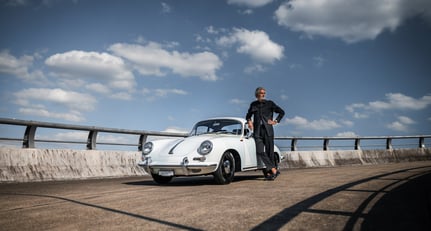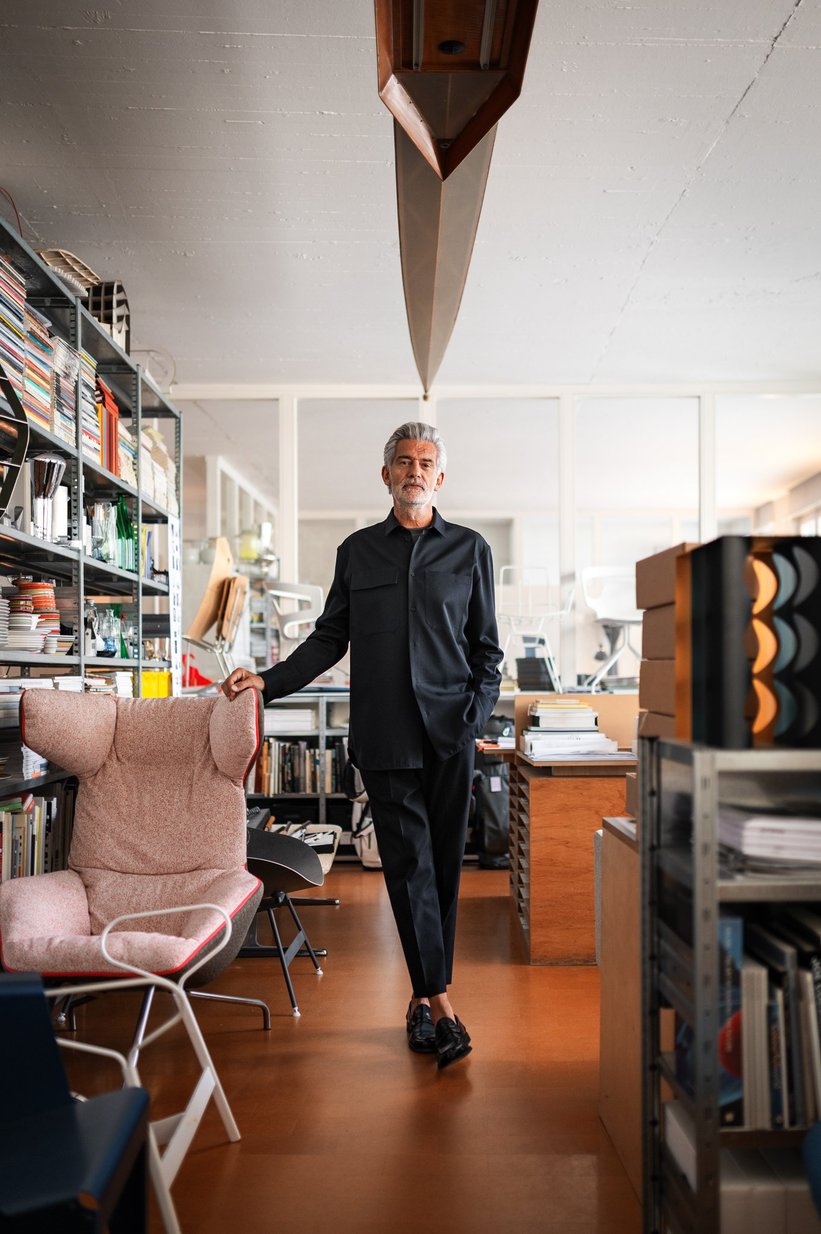
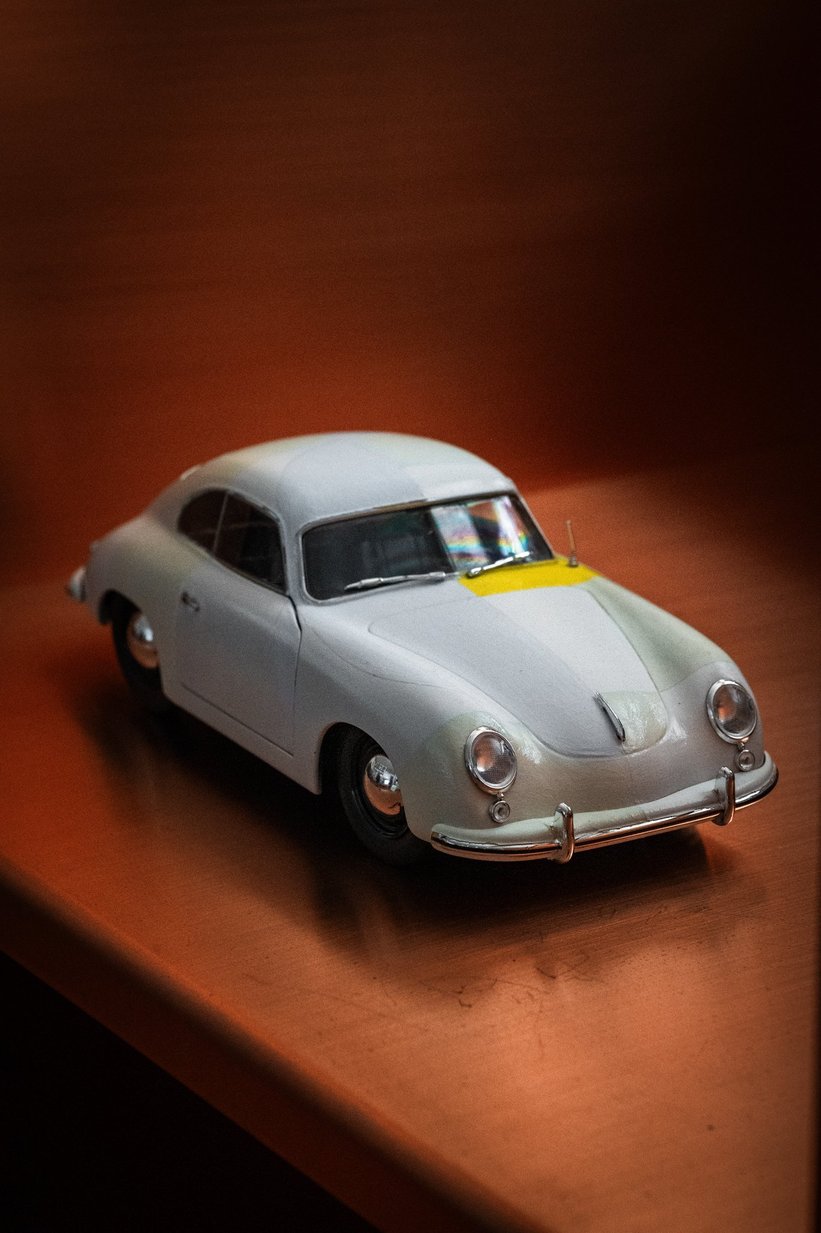
“I resisted owning a Porsche for a long time,” laughs Alfredo Häberli. “It’s such an obvious choice. At the same time, the purist philosophy of the brand has always fascinated me. The question of what can be compressed and reduced in order to achieve the strongest possible result concerns me intensively as a designer.” Häberli is considered the best-known product designer in Switzerland. His creative, often playful designs have been honored with the most important design awards, and his artistic everyday objects have been exhibited in museums. Nevertheless, there are a surprising number of models, drawings and pictures of cars in his studio in Zurich’s tranquil Seefeld quarter. “The fascination began in my childhood. I grew up in Córdoba, Argentina and lived three kilometers from a race track, the Autódromo Oscar Cabalén. My parents ran a restaurant nearby where the drivers and mechanics met after the races. As children, we were allowed to move freely in the pit lane and I was soon able to recognize every racing car by the sound of its engine.”
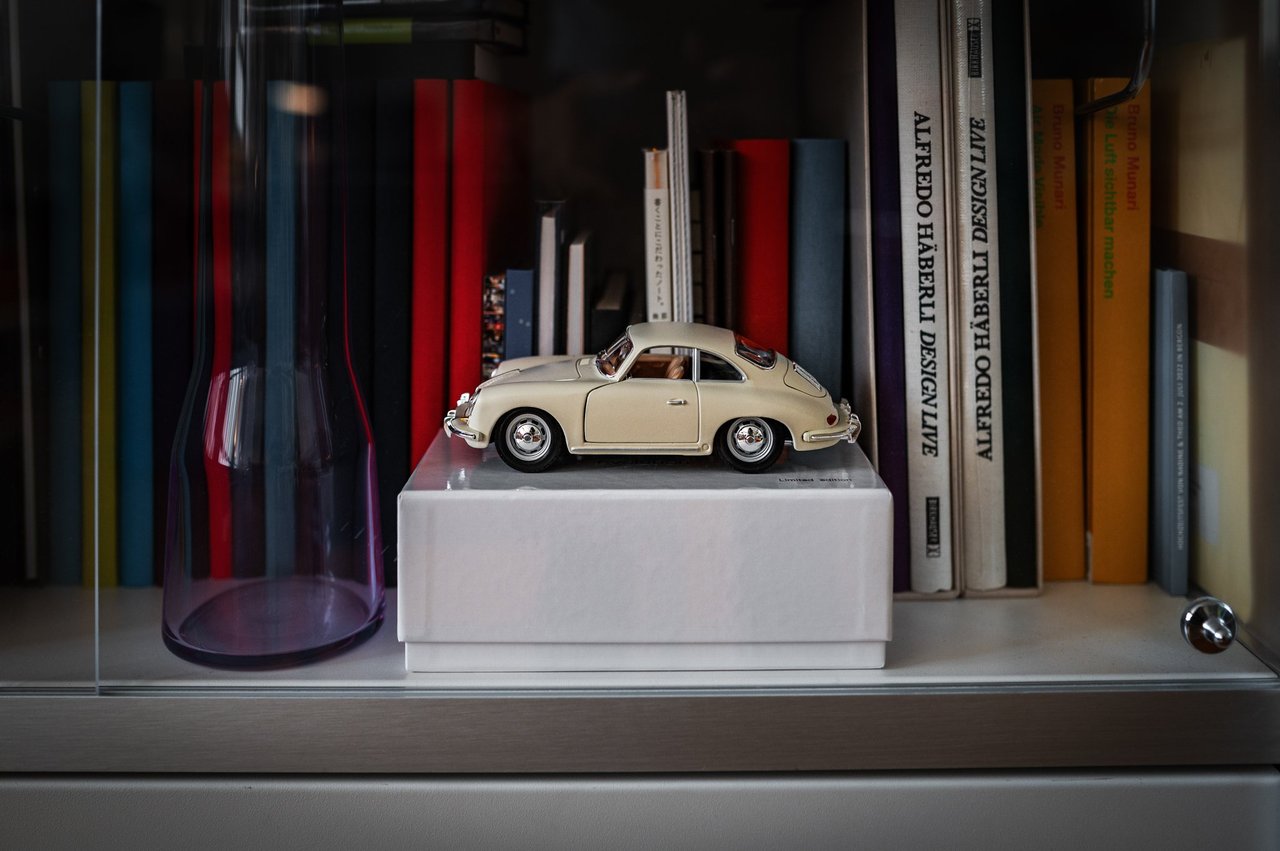

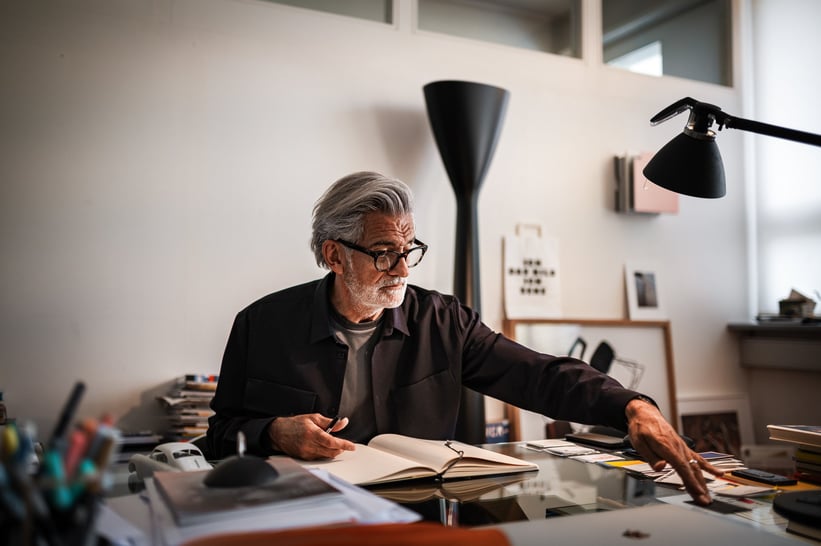
In 1977, Häberli moved from Argentina to Switzerland with his parents. He studied industrial design at the Hochschule für Gestaltung and created a wide range of products for companies such as BMW, Camper, Iittala, Kvadrat, Vitra and Zanotta . Of course, he has owned and driven some interesting cars along the way – the understatement Ferrari 456 GT, the idiosyncratic and iconic Saab 900 T Cabriolet. At some point, even his resistance to the sports cars from Zuffenhausen crumbled. Today, Häberli drives two classic Porsches: a striking 911 G model from 1977 wearing an extraordinary platinum diamond paint color with velour and cork in the interior. And an elegant 928 S4 in oak green with sherwood green leather seats from 1991. “There is a certain lightness that you feel when driving a Porsche as well as when you just look at the bodywork. Porsche has managed to define a basic form that stands the test of time and stay true to it. I'm also looking for this kind of independence as a designer.” It was only a matter of time before Häberli's passion for Porsche found expression in his work: he just transformed a Porsche 356 SC from 1964 into a surprising art car.


The idea for the project came about together with Sascha Leardi, the managing director of the Porsche Center Zurich, where Alfredo Häberli also discovered his 911. The Porsche 356 SC presented itself as the most original manifestation of the brand’s purist philosophy and design language. “First I thought of a colorful, psychedelic motif as a homage to the Porsche 356 that Janis Joplin painted in the 1960s.” Häberli leafs through his sketchbook, showing how he played with the lines of the body, incorporating the existing shapes in his drawings – until the design ultimately became more minimalist from page to page. “I have great respect for Ferry Porsche’s work. There is something very monolithic about the Porsche 356. This became fully clear to me when we took the car apart to paint it: The bodywork is actually only interrupted by four holes – the front hood, the rear hood and the two doors. There are very few elements, hardly any joints, just a few sparse but exciting lines – much like an abstract sculpture by Hans Arp.”
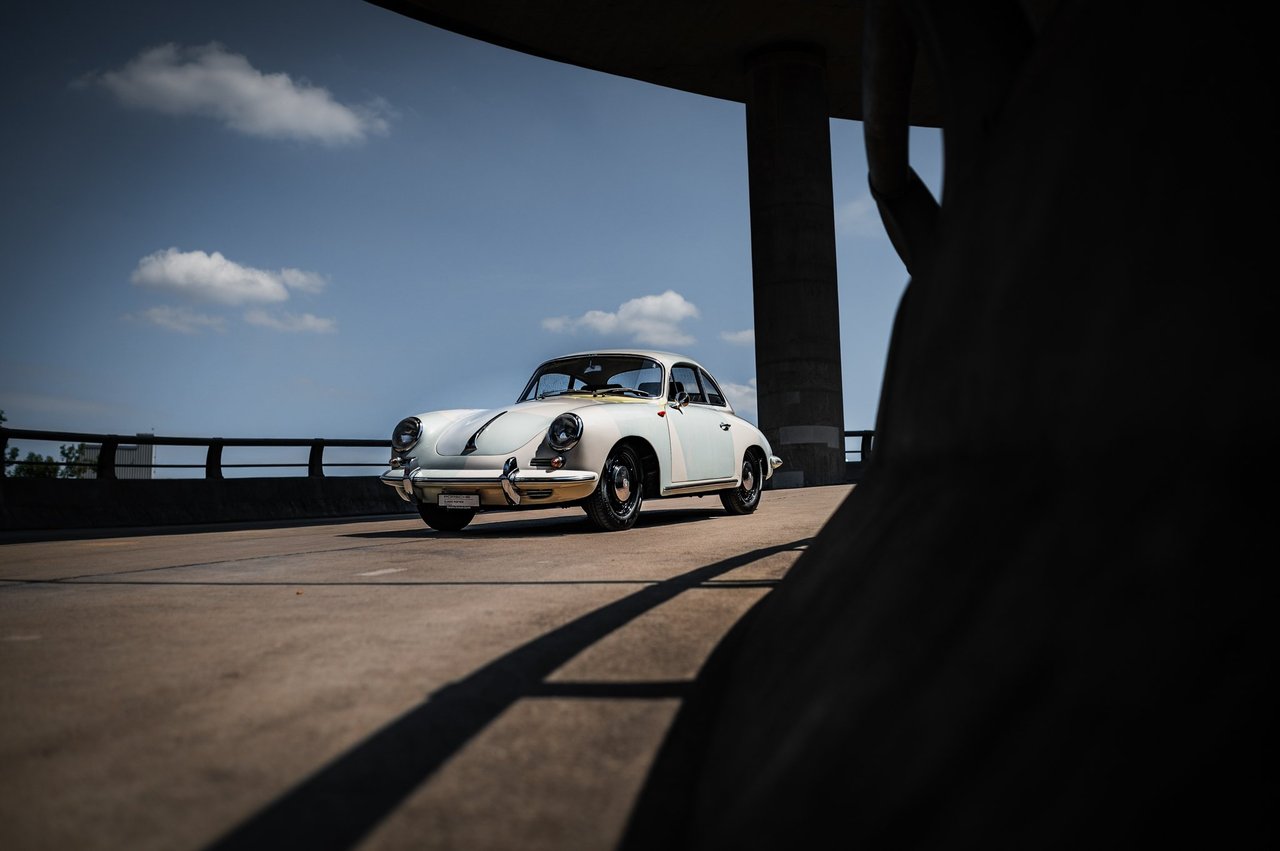
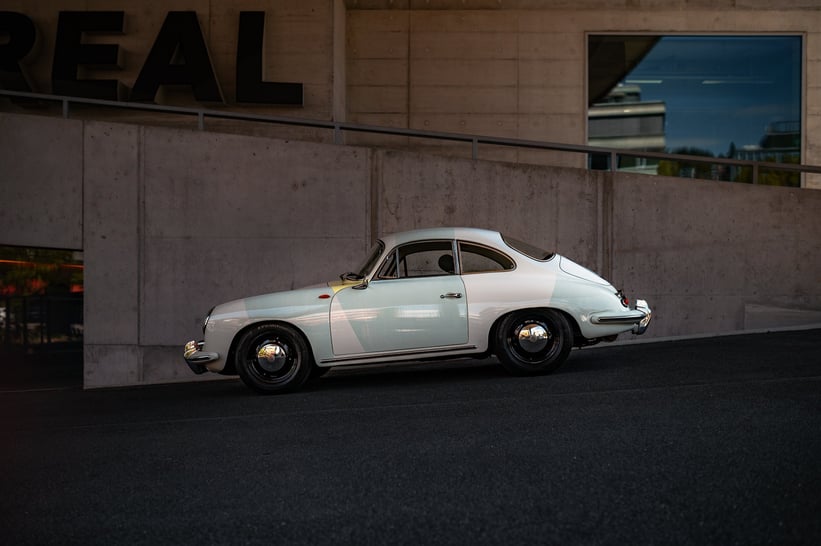

Alfredo Häberli immerses himself more and more in the poetry of the Porsche shape, draws the shadows of the scale model in the light of his desk lamp, traces lines and contours with his finger in order to internalize the design language of the car’s body. “To paraphrase Paul Klee, I wanted to go for a walk with the curve.” Instead of saturated colors, he chooses three monochrome pastel tones that only stand out from the ivory white body at second or third glance. The approach stands in stark contrast to the brightly colored, often computer-generated art cars that compete for the scant attention of restlessly scrolling users on Instagram and Tiktok. Häberli's draft is more of a haiku than a hyper-pop song. “To achieve a lot with just a few elements is also my goal as a designer. I call this the economy of means.”
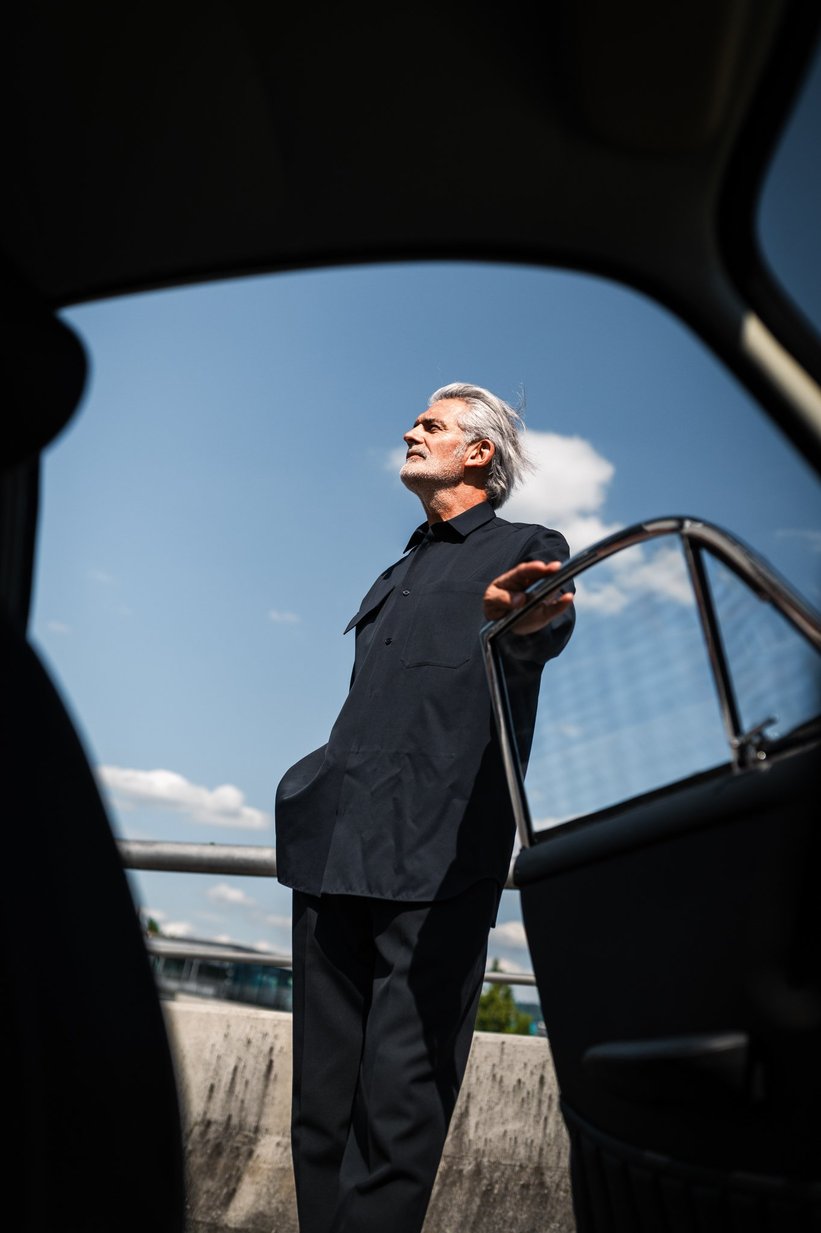
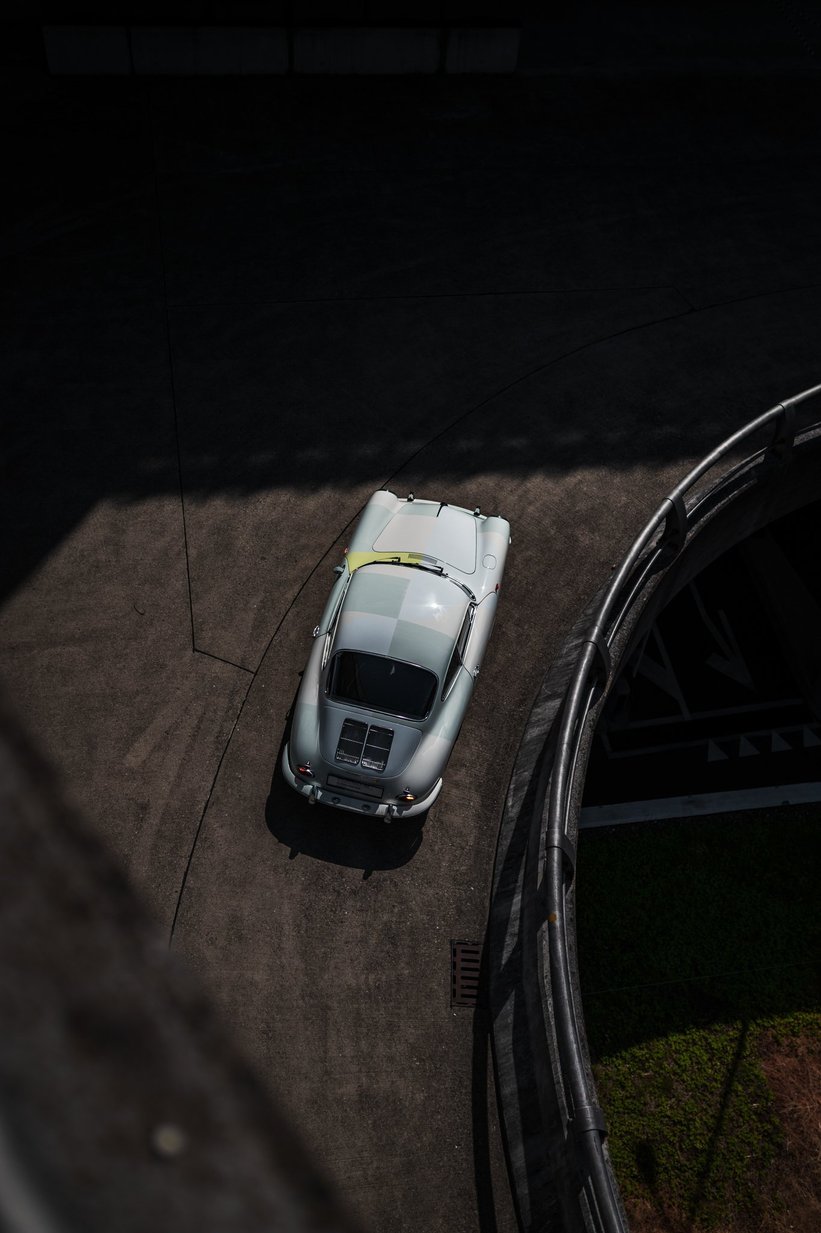
This philosophy also continues in the implementation of his ideas: Instead of spray painting or wrapping the Porsche, Alfredo Häberli and his assistant Dominic Plüer apply the paint with a brush, seeking the haptic experience of the body. “The reason why the strokes run in opposite directions is that I was looking for the natural brush stroke of the form and the metal parts. Other lines contrast at 90 degrees and run offset. This emphasizes the shape of the individual parts.” The work process is meticulously planned and agreed from edge to edge. It's a demanding choreography. Every stroke must be correct; repetitions are not allowed. “After a few hours we were very tired from the concentration that this work required.” It is an intensive creative process. And the result is fascinating. The longer you spend time with Alfredo Häberli's Porsche 356, the closer you get to it, the more it captivates you.
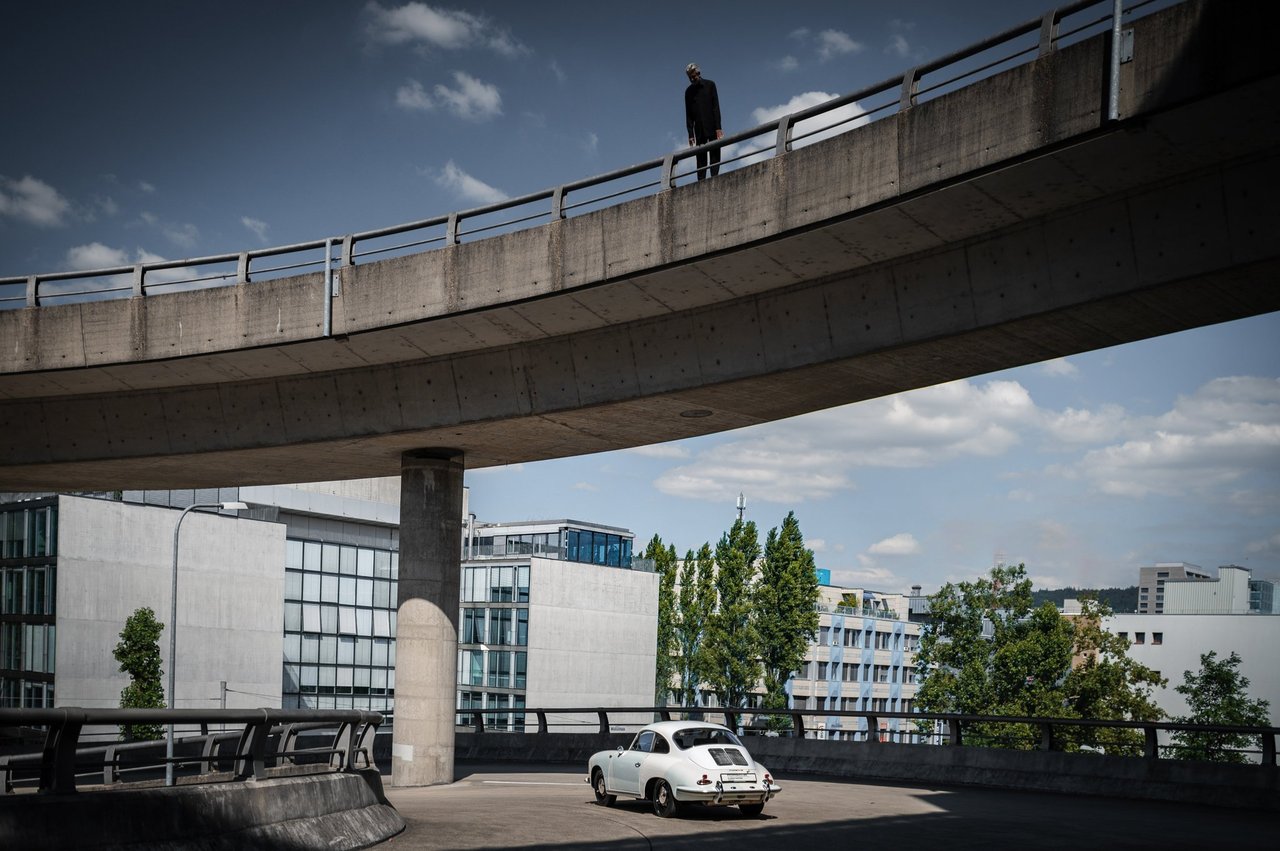
We meet again for a photo session with the designer and his work at the Toni-Areal in Zurich-West. Once upon a time, the building housed a factory for dairy products. Later, clubs for electronic music such as the Tonimolkerei and the Dachkantine used the urban open space as a dance floor. The Zürcher Hochschule der Künste – ZHdK for short – has had its headquarters here since 2014. The Museum für Gestaltung, for which Alfredo Häberli developed exhibition concepts as a student and where his first retrospective was shown in 2008, is also located in the building. While the architects EM2N completely transformed the interior of the former milk factory, the curved concrete ramp on which the tank trucks once drove to the roof of the building remained. The free-floating curves are now the catwalk on which the Porsche 356 parades for the camera.
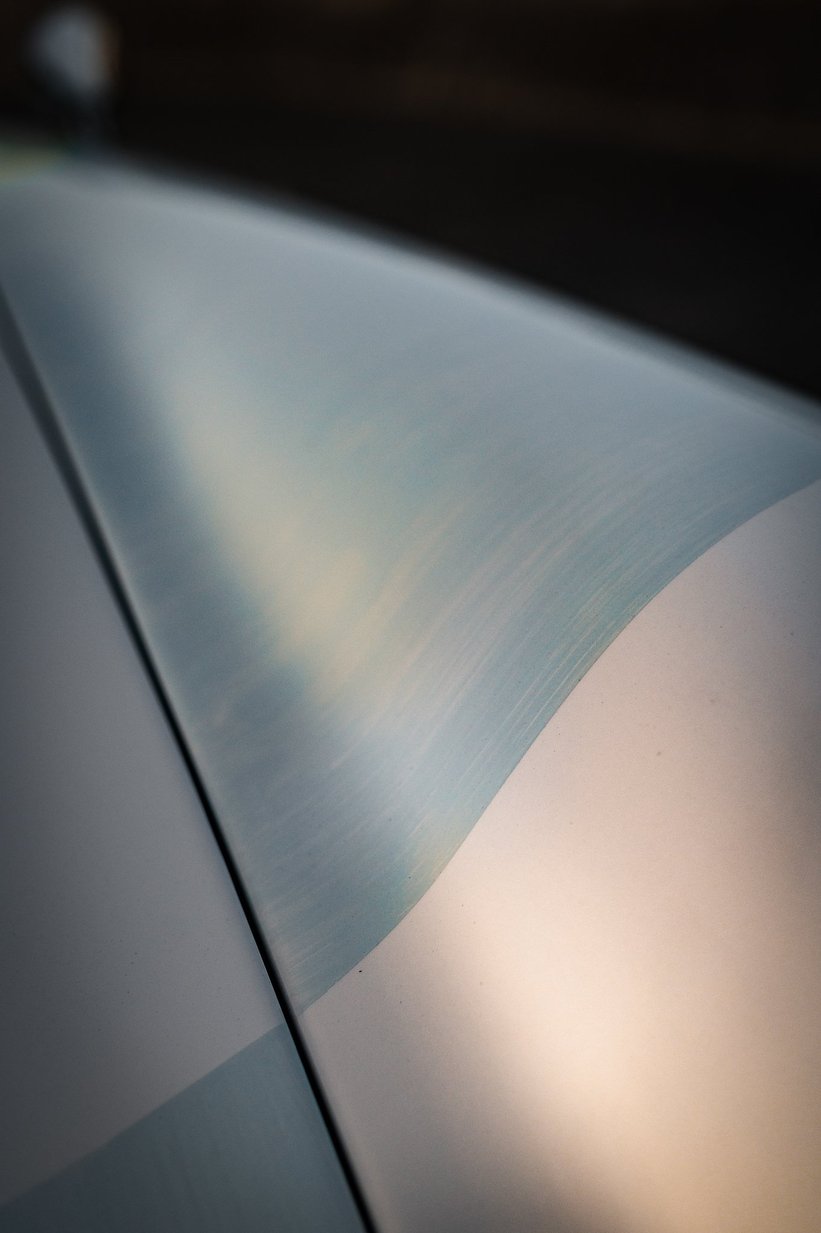
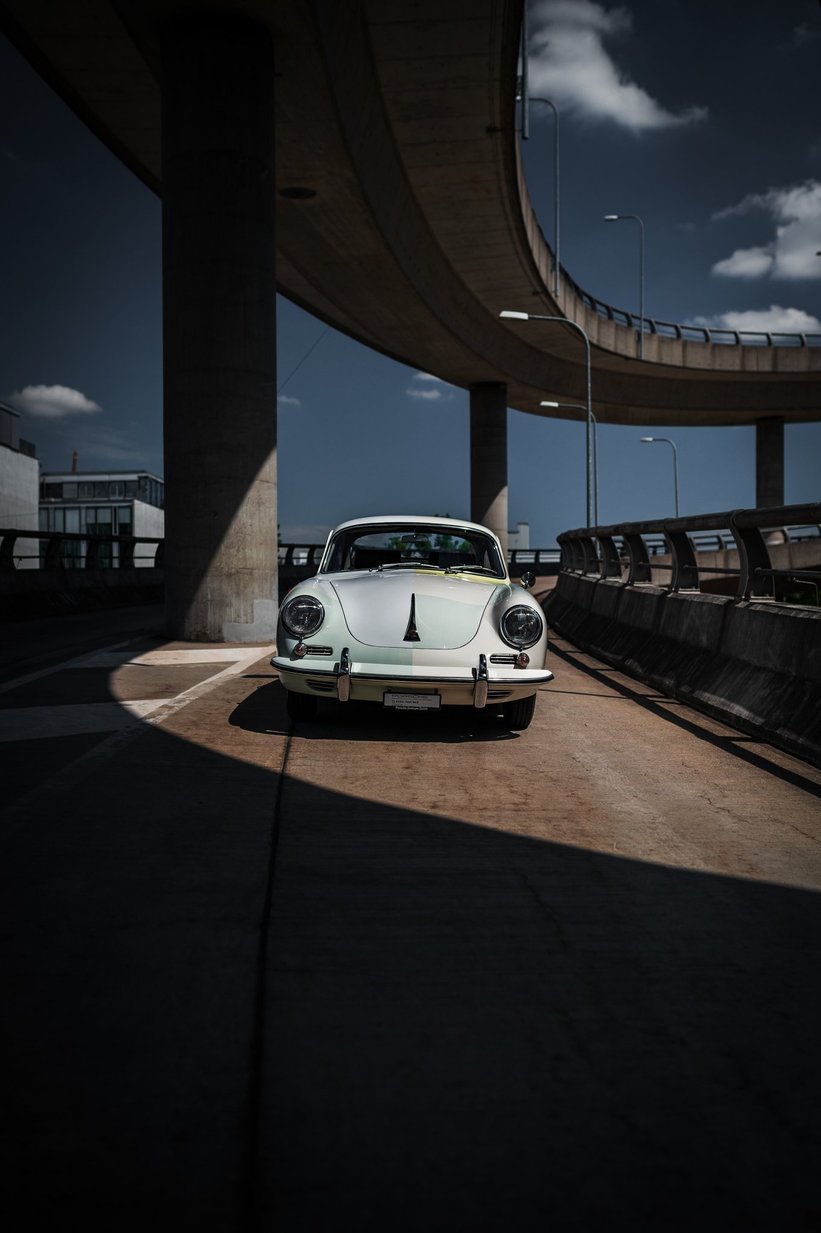
It's a warm summer day, the sun is shining brightly, and the delicate patterns on the body are barely visible. Not an easy task for photographer Andrea Klainguti, who is supposed to capture the subtle play of colors and structures. But after some time the shadows begin to move: like under a huge desk lamp, they divide the ramps into ever-changing light and dark patterns, framing the Porsche like a passe-partout for Klainguti's camera before moving on. As the sun finally disappears behind the neighboring high-rise buildings, the character of the compact white sports car also changes: where white surfaces like awnings reflected the bright light, new shapes suddenly emerge. The bright yellow and pastel blue gain in strength, allowing other elements of the body to stand out, emphasizing the curve of the silhouette, and giving the 60-year-old design a new, contemporary tension. And the closer you get to the Porsche, the better you see the structure of the brush strokes, the small irregularities that harmonize so well with the sculptural physicality of the body.
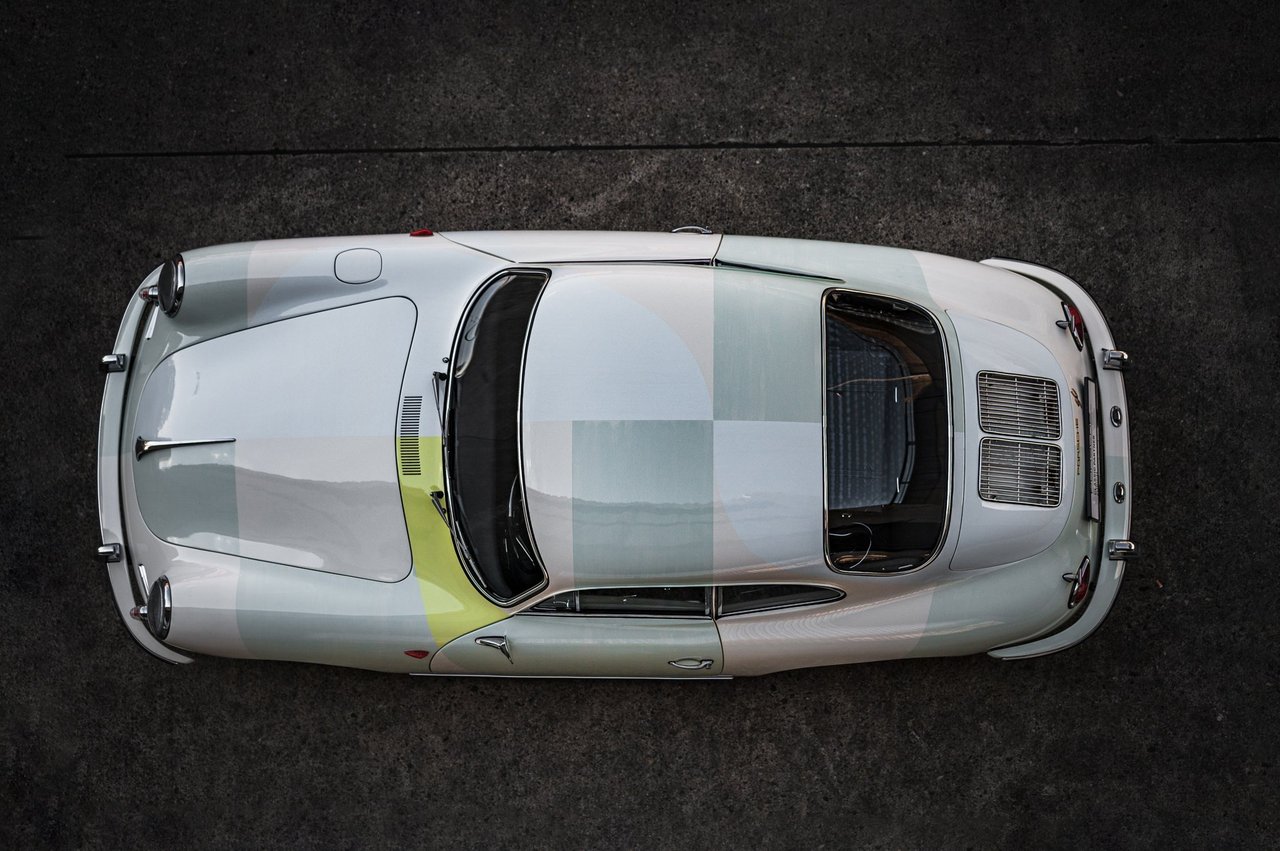
Alfredo Häberli leans over the parapet of the top ramp and looks contentedly down at the Porsche, which seems to float weightlessly on its concrete curve in front of the Zurich skyline. “I constantly revolve around the theme of lightness, I am always looking for imperfect perfection. Awakening great emotions with just a few lines is my greatest goal.” The claim is also reflected in the title that the designer gave his art car: Das Gewicht der Leichtigkeit – the weight of lightness.
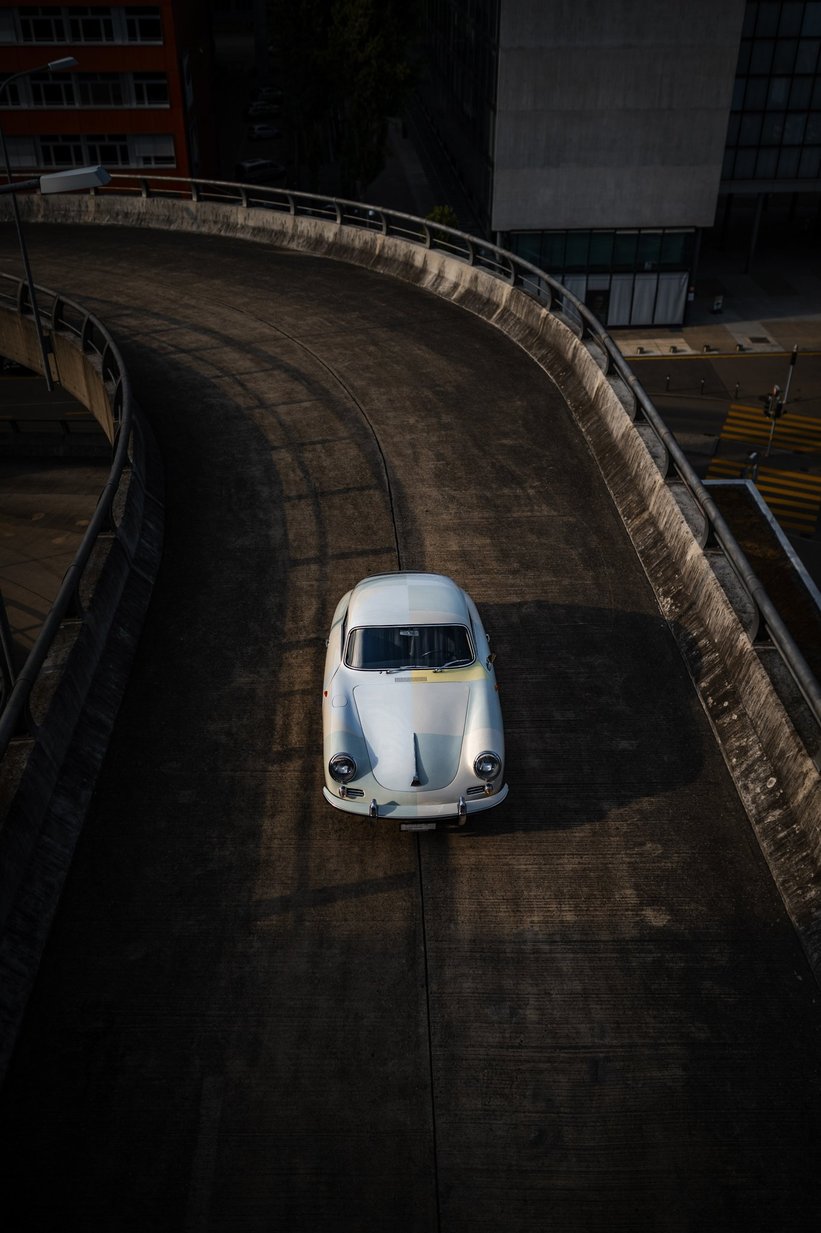

“The best appreciation for me and my work,” Alfredo Häberli previously told us in his studio, looking at the glasses, plates, cups, sofas and armchairs he designed, “is when people have my objects at home live to them. For me, that’s like winning an Oscar.” Häberli also would be delighted if the future owner of his artfully designed Porsche 356 SC would share his appreciation for Ferry Porsche's purism and the art of reduction. In December, the art car will be auctioned by the Koller auction house in Zurich, and part of the proceeds will be donated to Children's Cancer Aid Switzerland.
Photos: Andrea Klainguti
